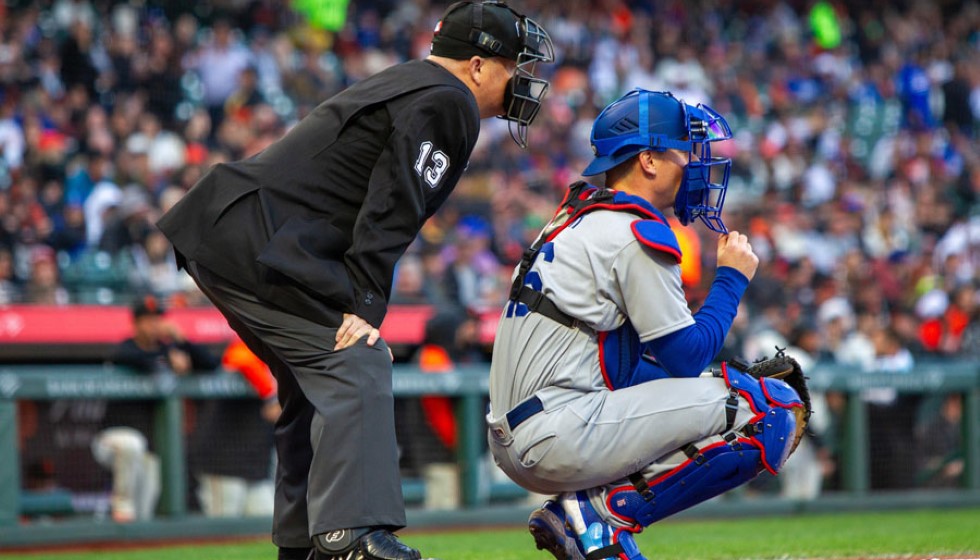
Automation on the Horizon: The Future of Baseball Umpiring
Major League Baseball (MLB) might soon witness a seismic shift in the way games are officiated. In May, MLB commissioner Rob Manfred provided a glimpse into this potential future, hinting at the inevitable integration of the Automated Ball-Strike (ABS) system. This move could revolutionize the traditional role of umpires, as baseball strives to merge its deep-rooted traditions with modern technology.
Rob Manfred on ABS
Speaking about the impending changes, Manfred emphasized the need for thorough testing before bringing ABS to the big leagues. "One thing we learned with the changes last year is, a little more time is better than not enough time. Just in terms of making sure when you bring something to the big leagues, you've got to make sure you got it right," he stated. This underlines the league's cautious approach to ensuring the system’s accuracy and reliability.
The ABS technology boasts precision down to a hundredth of an inch, a level of accuracy that surpasses human capability. Manfred applauded this, saying, "We have made material progress; the technology is good to 100th of an inch; the technology in terms of the path of the ball is pluperfect, number one."
Testing Grounds: Minor Leagues and KBO
The ABS system has already seen action in various minor league levels, including Triple-A. These early trials have provided valuable insights. Initially, the implementation led to an increase in strikeout and walk rates, a significant shift from traditional umpiring patterns. However, over time and with adjustments to the strike zone, these rates stabilized, indicating that consistency can be achieved with fine-tuning.
Some major league players have already experienced ABS during their stints in the minors or while on rehab assignments, giving them firsthand experience with the system. Additionally, the Korea Baseball Organization (KBO) adopted ABS this season. The impact on the game was notable, with the KBO's On-base Plus Slugging (OPS) metric rising from .712 to .766 year-over-year. This suggests that ABS may contribute to a more dynamic and competitive game environment.
Challenges and Player Feedback
One of the most intriguing aspects of the proposed system is the challenge option. Each team will have the opportunity to appeal pitches to the ABS system, though with a limit of three challenges per game. This hybrid approach aims to blend technology with traditional umpiring, retaining a human element while enhancing accuracy.
Manfred emphasized that player feedback has been instrumental in shaping this approach. "We have listened – me, in particular, and I've carried a lot of this water with the owners – to player input on how they want to see it rolled out. Our focus, obviously, the second half of this year is on the challenge system, and that is almost 100% based on player feedback," he remarked. This collaboration with players is crucial in ensuring that the implementation is smooth and effective.
Future Outlook
The rigorous testing phase for ABS is set to take place during spring training, providing a vital period for refining the technology before it potentially debuts in the MLB. The trial phase could begin as soon as 2025, marking a significant milestone in baseball’s evolution.
As the league moves closer to this technological integration, the true challenge lies in maintaining the sport's integrity while embracing innovation. Baseball has always been a game deeply tied to its traditions, and the introduction of ABS will undoubtedly spark extensive debates among purists and progressives alike.
However, if the ABS system can deliver on its promise of enhanced accuracy and consistency, it may well usher in a new era of baseball that honors its past while boldly stepping into the future.